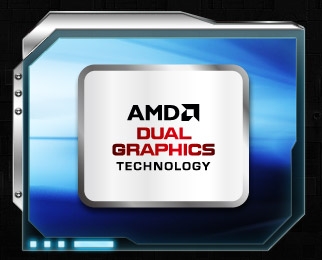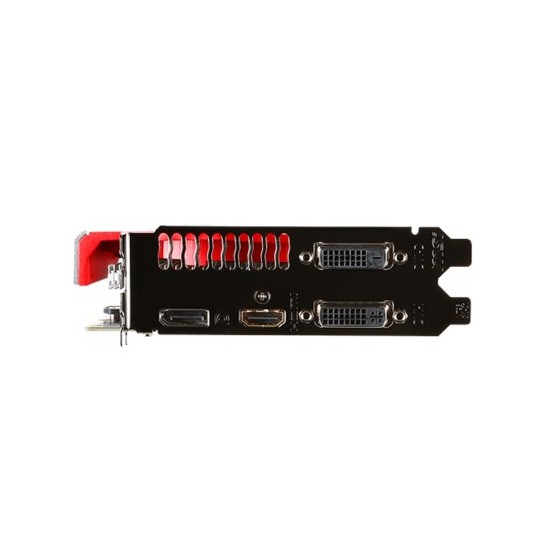

The picture itself was found by WCCFTech in official Product Roadmap. You might have seen this post, where the first alleged picture of Fiji-powered graphics cards was revealed. AMD removes Fiji render from Product Roadmap presentation Some cards are detected as R7 300 series, while they are in fact R9 300 parts. The “clocks” column may not represent the final clock speed of particular model, as some cards can still be seen with different configurations.
AMD RADEON R7 M260 SERIES FULL
The Hawaii-based models are direct competitors to GeForce GTX 980, whereas both the cut-down and full Fiji cards are competitors to GTX 980 Ti and GTX TITAN X respectively. Some cards are missing from this list (because they are not confirmed): R9 380X (full Tonga), R9 370X (overclocked R9 370?), R9 360X (full Bonaire). Here is the list of all confirmed Radeon 300 graphics cards.

AMD RADEON R7 M260 SERIES SERIES
* Cards are detected as R9 300 AMD Radeon 300 series AMD Radeon 300 “Hawaii” rebranding (May 2015) AMD is clearly targeting 4k+ resolutions with their next lineup. Both Fiji and Hawaii models will have higher bandwidth than GM200 based TITAN-X and GTX 980 Ti. The Radeon 300 high-end segment will surely stand out from competition. The speed has been increased to effective 6 GHz (1500 MHz), which means Hawaii R9 300 cards will have 64 GB/s higher memory bandwidth than R9 290 series. The memory clock however, will get more juice. That’s a subtle increase, limited not by the silicon, but TDP.
AMD RADEON R7 M260 SERIES PRO
Hawaii-based R300 cards are only slightly overclocked. The Hawaii XT model has 1050 MHz core clock and Hawaii PRO 1010 MHz. That said, we can’t really be sure if Hawaii models are codenamed R9 385 or R9 390. The Radeon R9 380 (both retail and OEM verion) is most likely rebranded R9 285. Right now these cards are detected as R9 300. The codename of Hawaii-based Radeon 300 cards is not confirmed. The rebranding of Radeon R9 290 series will be limited to overclocking and (most importantly) the addition of 4GB memory (at the time of writing I’m not aware of 4GB models, but those are also a possibility). AMD Hawaii-based graphics cards to appear in Radeon R9 300 seriesįirst and foremost, Hawaii-based GPUs will not feature any kind of HBM implementation. It’s about time we talk about Radeon 300 series, which are expected to hit retail channels next month.


 0 kommentar(er)
0 kommentar(er)
